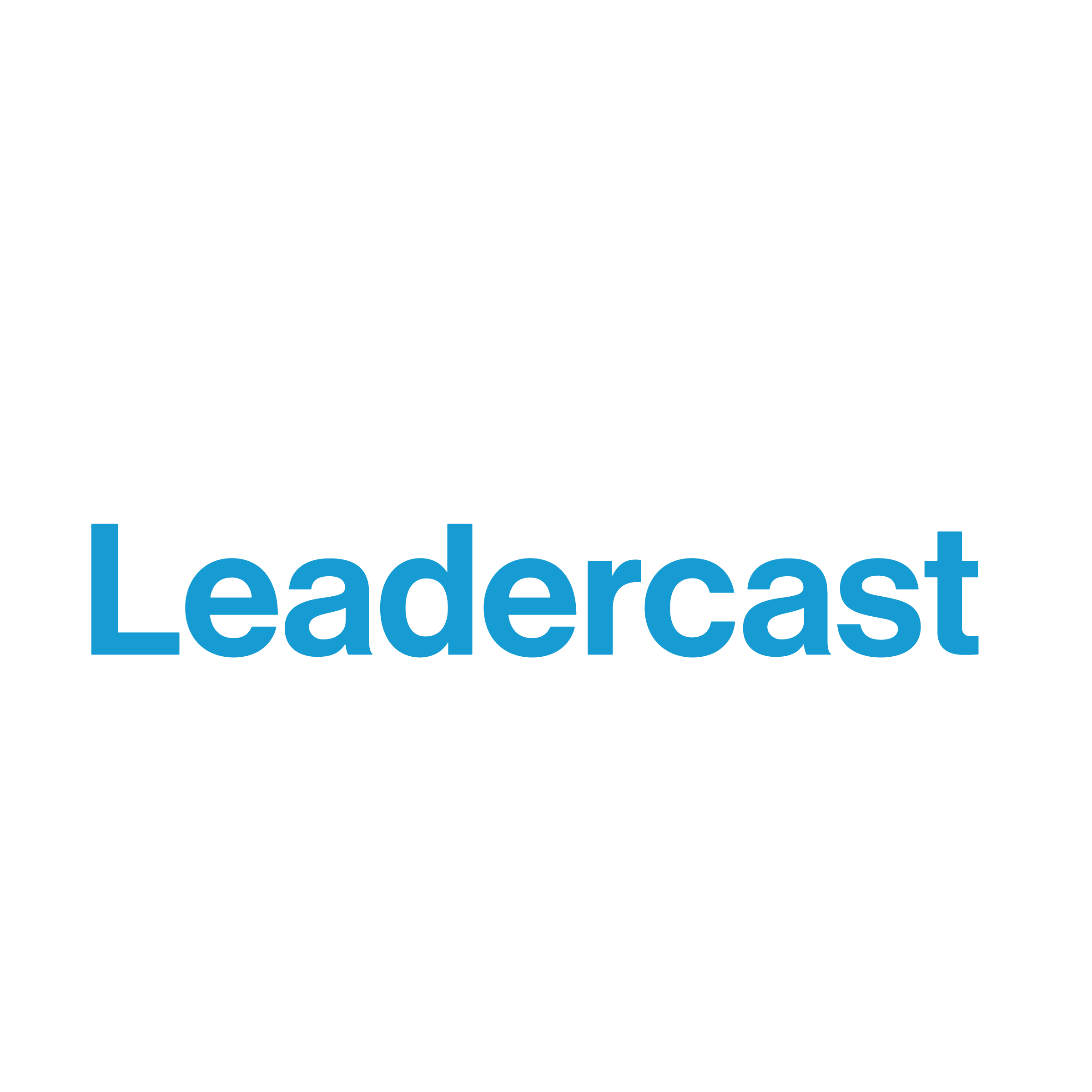Billie Jean King once shared, “I think self-awareness is probably the most important thing towards being a champion.” Self-awareness is key in anything you do, whether you’re a champion tennis player like Billie or a leader of an organization.
You may recall in 2018, Leadercast took a deep dive into self-awareness for its Leading Yourself theme, which covered the idea that before a leader has the ability to lead others, they must first learn how to lead themselves. (Think of it like the directions you receive on a plane for when the oxygen masks deploy: “Put on your own mask first before assisting others.”)
This month, Leadercast is focused on the theme of exploration, and we couldn’t help but think of it in the context of the self. Remembering Ian Morgan Cron’s talk from Leadercast Live 2018, we decided to select his and Suzanne Stabile’s book, The Road Back to You: An Enneagram Journey to Self-Discovery, as our November book of the month to take a closer look at the Enneagram—an ancient personality typing tool that provides “the why” behind how you interact with the world—and how it can be used in building a leader’s self-awareness.
Throughout the book, the authors do their best to take the complexity of the Enneagram and easy to understand. Consider it a beginner’s guide to the Enneagram, in which you’ll find witty and relatable examples of real people and their types. It’s important to note that while Ian is a priest and the book is spiritual in nature, anyone, regardless of your faith background, can learn from its teachings.
The book starts with an introduction explaining and defining the Enneagram, followed by a chapter detailing how to find your type and what to watch for as you read the subsequent pages. Each chapter from that point (up until the last one) focuses on each Enneagram type, explaining: what a healthy, average and unhealthy person of that type looks like; their deadly sin; what they seek and what they avoid; how they were as children; how they are in relationships and at work; what other types they can behave like (wings and adoptive behaviors under stress and security); and what they need to hear to become healthy in their type.
It’s a lot to take in, and you may end up reading the chapter for your type several times (I’ve read mine three times already). I recommend reading the book in its entirety, even if you discover your type in the early chapters so you don’t accidentally mistype yourself by not having the full picture. You will also want to understand the entire Enneagram so you know the other types you can mimic and how others perceive the world.
I’ve known about the Enneagram since Ian spoke at Leadercast Live, but it wasn’t until now that I read the book and learned enough about it to discover what my own Enneagram type really is. In case you’re wondering, I am a nine on the Enneagram—aka the Peacekeeper. I am motivated by the desire to keep my inner peace and avoid conflict at all costs.
